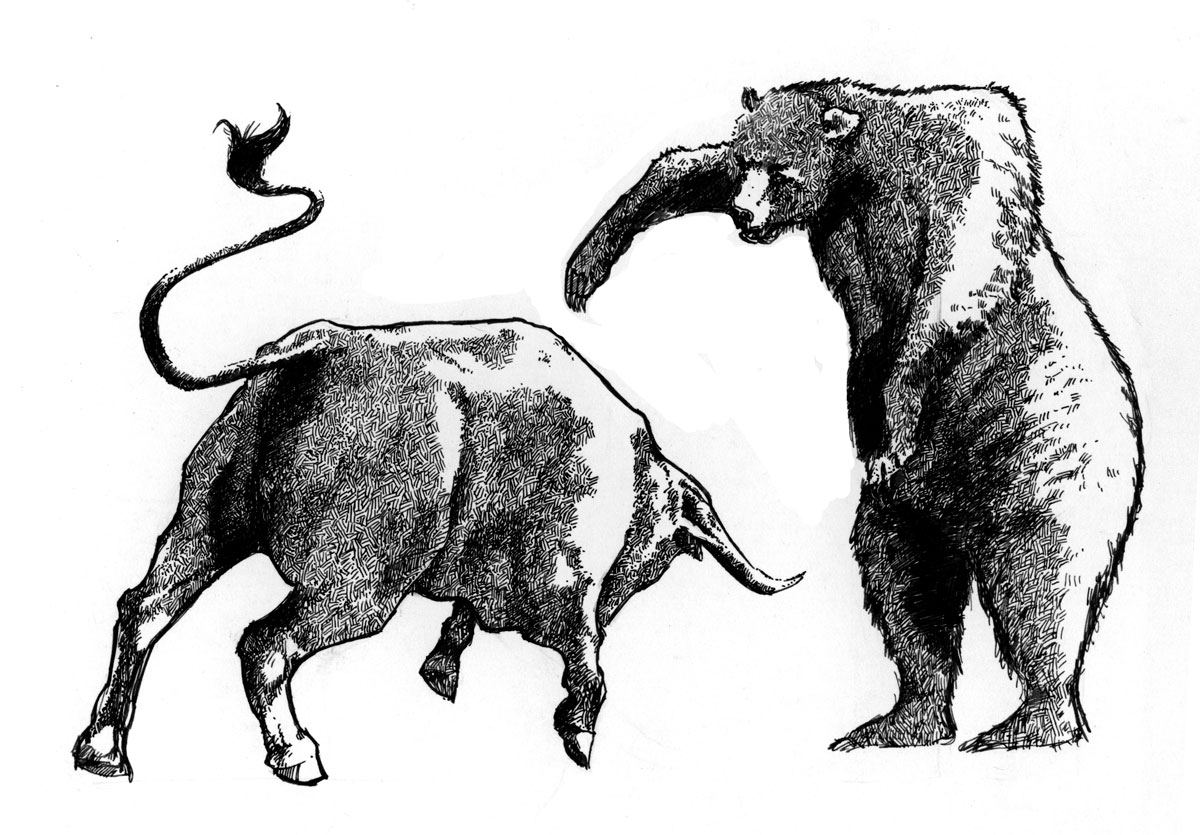
Bull Markets: Fear of missing out.
Bear Markets: Fear of being in.
Bull Markets: Everything I buy is going up — I’m a genius.
Bear Markets: Everything I buy is going down — I’m an idiot.
Bull Markets: See, fundamentals always win out.
Bear Markets: See, technicals and sentiment rule the markets.
Bull Markets: I knew I should have had more of my portfolio in stocks.
Bear Markets: I knew I should have had more of my portfolio in bonds.
Bull Markets: That guy’s been calling for a crash for years — he’s an idiot.
Bear Markets: That guy just called the crash — he’s a genius.
Bull Markets: I want to be a long-term buy and hold investor.
Bear Markets: I want to be a short-term trader.
Bull Markets: I’m glad I was buying during the last market crash.
Bear Markets: Never try to catch a falling knife.
Bull Markets: I’ll sit tight when the market falls.
Bear Markets: Dear Lord, get me out of stocks NOW!
Bull Markets: Time to buy stocks?
Bear Markets: Time to sell stocks? (more…)

